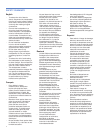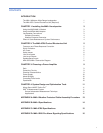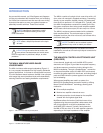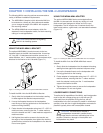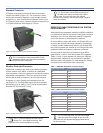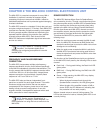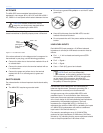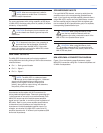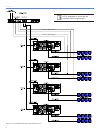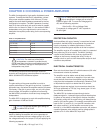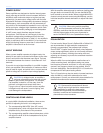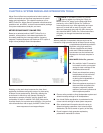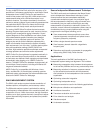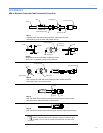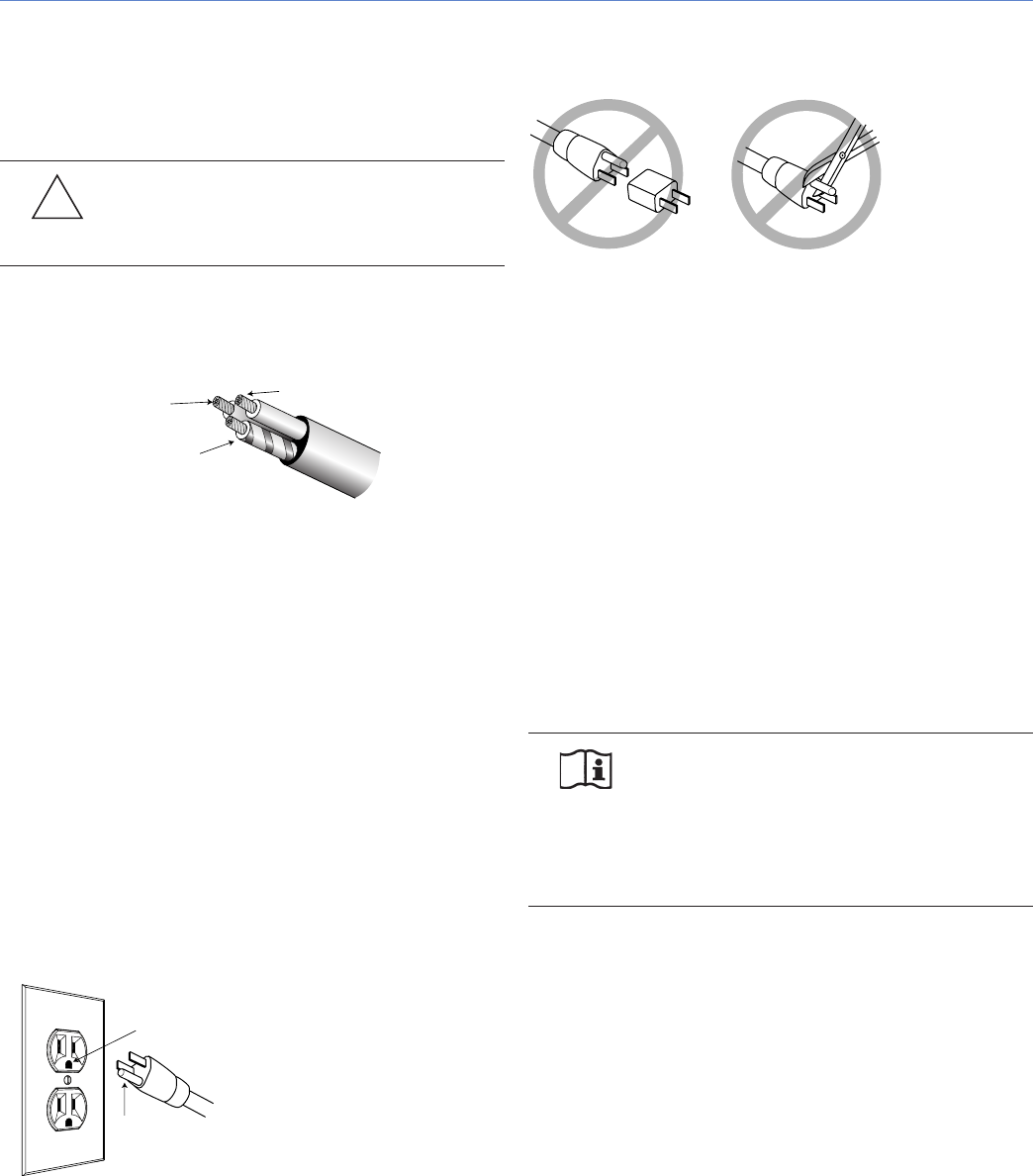
6
CHAPTER 2
AC POWER
The MM-4CEU accommodates international power
standards in two ranges: 90 to 130 V AC and 180 to 260 V
AC, 50/60 Hz. A rear-panel switch selects between the two.
!
CAUTION: Be sure to select the correct
range for your local power standard before
connecting and operating the MM-4CEU.
Use the AC cable wiring diagram, illustrated in Figure 2.1, to
create international or special-purpose power connectors:
brown = hot
blue =
neutral
yellow/green =
earth ground
(chassis)
Figure 2.1. AC cable color codes
If the colors referred to in the diagram don’t correspond to
the terminals in your plug, use the following guidelines:
Connect the blue wire to the terminal marked with an N
or colored black.
Connect the brown wire to the terminal marked with an
L or colored red.
Connect the green and yellow wire to the terminal
marked with an E or colored green (or green and
yellow).
SAFETY ISSUES
Pay close attention to these important electrical and safety
issues.
The MM-4CEU requires a grounded outlet.
Earth ground
Chassis ground
Do not use a ground-lifting adapter or cut the AC cable
ground pin.
Keep all liquids away from the MM-4CEU to avoid
hazards from electrical shock.
Do not operate the unit if the power cables are frayed or
broken.
LINE LEVEL INPUTS
Each MM-4CEU input presents a 10 kOhms balanced
impedance to a three-pin XLR female connector wired as
follows:
Pin 1 — 11 kΩ to chassis and earth ground (ESD
clamped)
Pin 2 — Signal +
Pin 3 — Signal -
Case — Earth (AC) ground and chassis
NOTE: Pins 2 and 3 are differentially
balanced, so the polarity applied to the input
XLR connectors on the MM-4CEU will be replicated
on the output XLR connectors. Amplifier XLR
polarity, along with its output wiring, will determine
the polarity of the entire system.
Use standard audio cables with XLR connectors for
balanced signal sources. Telescopic grounding (Pin 1
disconnected on one end) is not recommended.
A single source can drive multiple MM-4CEUs with
paralleled inputs. To avoid distortion from the source,
make sure the source equipment provides an adequate
drive circuit design for the total paralleled load impedance
presented by the paralelled processors. The input
impedance for a single MM-4CEU is 10 kOhms: if n
represents the number of MM-4CEUs, paralleling the inputs
of n MM-4CEUs loudspeakers will produce a balanced
input load of 10 kOhms divided by n.
For example, cascading an array of 10 MM-4CEUs
produces an input impedance of 1000 ohms (10 kOhms
divided by 10), indicating that the source equipment should
have an output impedance of 100 ohms or less.



